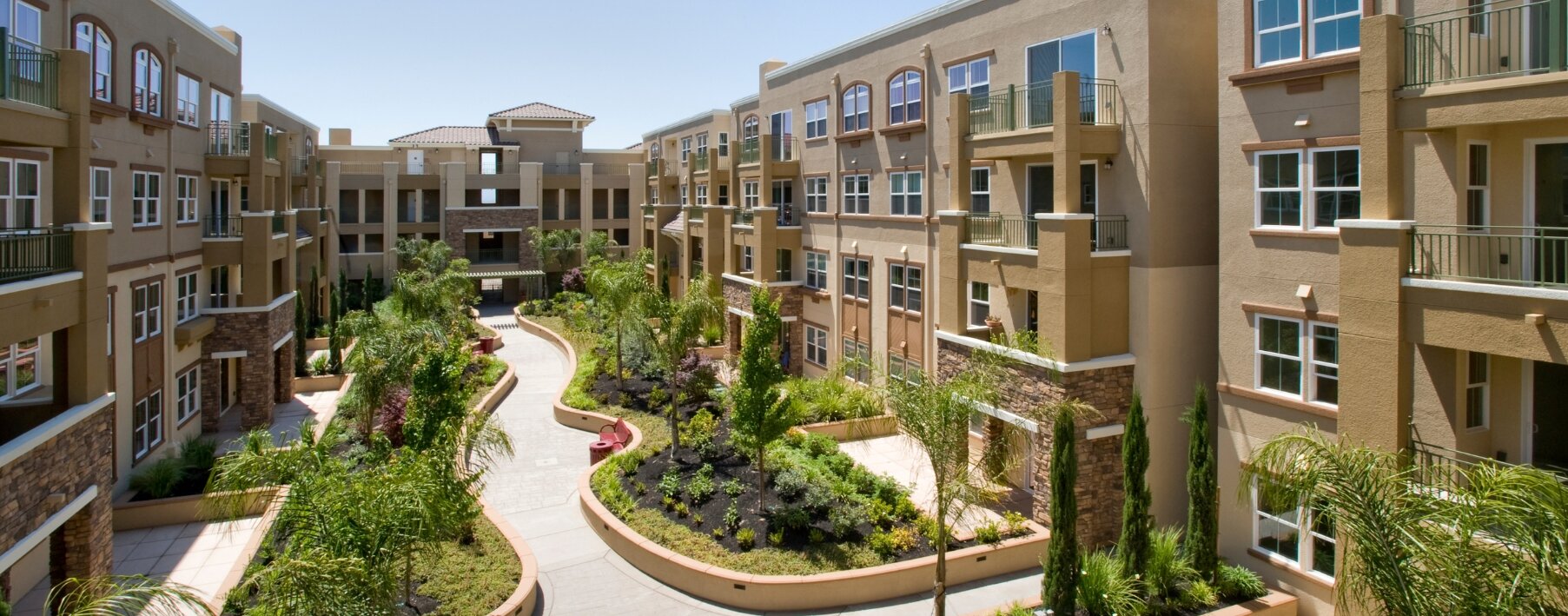What is a DP-3 Home Insurance Policy?

Key takeaways:
A DP-3 insurance policy remains one of the best purchases you can make to protect your investment properties. The policy provides several benefits:
-
An open peril policy
-
RCV loss settlement for damaged items
-
Most comprehensive option for rental properties
What is a DP-3 insurance policy?
A DP-3 insurance policy is a dwelling fire policy that typically covers homes that aren’t your primary residence. Think: vacation homes or short or long-term residential rental homes. Most owners who own rental properties need landlord insurance — and a DP-3 policy falls under that category.
Who is a DP-3 insurance policy for?
Ask yourself the following questions to determine if you need a DP-3 insurance policy:
-
Is this home my primary residence? If you don’t live somewhere full-time, you may want to consider a DP-3 policy. Properties that aren’t occupied on a consistent basis may suffer from a higher chance of accidents.
-
Do I own a rental property? Landlords assume higher levels of risk when someone else is living on their property. A DP-3 is designed to cover those common risks.
-
Do I rent out any portion of my home? If you rent out a room or list part or all of your home on popular websites like Airbnb, Homestay, or Vrbo, a DP-3 may be the best option for you.
If you’re not sure if a DP-3 policy applies to you, reach out to your insurance company for advice.
What does a DP-3 insurance policy cover?
A DP-3 insurance policy offers a few different types of coverage, some of which are similar to those of a standard home insurance policy. Often, general liability coverage will be offered as optional coverage to the DP-3 policy, which offers property coverage for the dwelling, other structures, and contents. You may also purchase liability and medical payments coverage.
It also has an open peril and replacement cost value (RCV) policy. A peril is any type of event or damage that may affect your home like wildfire damage. The RCV — which is the cost of rebuilding your particular property from the ground up — determines how much money you’ll receive if your property is destroyed or deemed unlivable. As with all insurance policies, the DP-3 policy also contains a list of perils that are excluded from coverage (more on these later).
A DP-3 offers “open” peril coverage. A peril is any type of event or occurrence that may affect your home like fire, theft, wind, or hail. Some policies are “named” peril which means the peril is not covered unless it is specifically listed in the policy. An “open” peril policy like the DP-3 means a peril is covered unless the policy indicates it is excluded from coverage (more on these later).
The DP-3 also offers coverage on a Replacement Cost Value (RCV) basis. RCV is the amount it would cost to rebuild your home without depreciation should it be completely destroyed or deemed unlivable without depreciation.
Additional optional coverages
There are a couple of key optional coverages available for most DP-3 policies, including:
-
Limited burglary coverage: This generally applies if there is visible damage to your home, like a broken window or damaged door jamb resulting from a burglary.
-
Premises liability coverage: This occurs when someone is injured on the property, but is not your tenant.
If you have more insurance needs outside of what is covered in your policy, be sure to contact your insurance agent.
What is not covered by a DP-3 insurance policy?
The DP-3 policy is one of the most comprehensive policies. It insures perils including theft, hail or windstorm. However, these are some of the more common perils not included in standard DP-3 coverage:
-
Intentional loss
-
Earthquakes
-
Flood/water damage
-
Mold
-
Acts of war
-
Power failure
-
Neglect
Keep in mind that while most flood damage is excluded under the DP-3 policy, some insurance companies may offer specific policies for flood. If you have questions, consult your insurance agent to see what other clarifications may apply to your DP-3 policy.
How much does a DP-3 insurance policy cost?
Landlords can expect to pay more for property insurance, since you assume additional risks when a tenant lives in your rental property. According to insurance.com, the national average for homeowners insurance is $2,285. However, you can expect to pay 25% more per property as a landlord.
That’s partly because DP-3 insurance offers coverage over rental properties or secondary homes that present increased exposure due to tenants or unoccupancy. This coverage applies only to the items used to service the property, not items owned by the renter. Here are a few more factors that can affect the cost of your landlord insurance:
-
Location
-
Number of rental units
-
Presence of smart home devices
-
Security and smoke alarms
-
Risk of your tenants (there’s different coverage for short-term vs. long-term renters)
Other types of dwelling protection policies
A dwelling fire policy has two other types: DP-1 and DP-2. The DP-1 is the basic policy that covers damages only from named perils and provides Actual Cash Value coverage, while a DP-3 is an open peril policy that also covers RCV. A DP-2 policy covers more perils than a DP-1, but isn’t as comprehensive as a DP-3. A DP-2 also offers any damaged items at RCV.
Still have questions?
Have more questions about an DP-3 policy? We have answers.
What is the difference between DP-3 and HO-3?
The major difference between a DP-3 and HO-3 policy is the loss of use coverage. Loss of use is generally used in an HO-3 policy because it’s owner occupied, but not a DP-3 since it’s a rental property policy. Loss of use coverage in a HO-3 policy insures a homeowner’s additional expenses when they are displaced because of damage while the home is being repaired. Loss of use coverage on a property with a DP-3 policy and is renter occupied, provides coverage for loss of rent to the landlord if a loss were to happen and does not provide protection to the renter’s personal property at all. Renters are advised to purchase their own separate renters insurance.
The major difference between a DP-3 and HO-3 policy is the loss of use coverage. In an HO-3 policy, Loss of use pays for alternative living expenses like a hotel and food if you cannot reside in the house as it is being repaired after a covered loss. In a DP-3 policy, Loss of Use covers the loss of rent for a landlord if the home cannot be rented due to a covered loss.
Is DP-3 coverage good for a vacation home?
DP-3 policies may also be a good idea for vacation homes since these properties are not owner occupied 100% of the time, making it a higher risk for an insurance company, and possibly better suited for a DP-3 policy. The open peril policy helps to ensure adequate coverage on the vacation home. Make sure to ask your insurance professional how to best insure your vacation home.
Which coverage is found in the DP-3 but not the DP-1?
In a DP-3, your losses are covered at RCV. In a DP-1, losses are covered at actual cash value (ACV). The difference between the two has to do with the depreciation of your home. Replacement cost value will pay for the repair or the rebuild of your home to its previous condition without it’s depreciation taken into account.
Does a DP-3 include theft?
Theft is generally not included in a DP-3 policy. Landlords should purchase additional theft coverage for personal property.
Is damage by burglars covered under DP-3?
Damage by burglars may be covered on a limited basis under a DP-3 policy. If the property sustains damage like a broken window, it may be covered. However, stolen items are usually not covered.
As a homeowner, you deserve the best overall insurance protection. At Hippo, we want to help you find the coverage that works for you. Get a quote in 60 seconds or learn more about the types of insurance we offer.



